If I have a DC power source and want to power led's do I need anything between the source and the LED.
Replies sorted oldest to newest
Yes,an appropriate resistor in series to either lead of the LED or LEDs in series.
Dale H
Rule of thumb, colored LED's drop about 1.5 volts, white or blue ones drop 3 volts. For each additional volt, add 50 ohms of resistance.
For a white LED and 12 volts, that would result in a 450 ohm resistor. Since a 470 ohm is a standard value that's readily available, that's the one to use. You can always use more resistance to make them dimmer, but don't drop the resistance below 50 ohms per volt of drop required, or you'll be running the LED's on more current than they're rated for.
This is a diagram for adding LED's as marker lights to an engine using the Smoke output voltage off a TAS SAW board. Alternate programming allows the Smoke out put off the mother board to reverse polarity, Reverse the color of bipolar LED's Note the 560 ohm resistors in series with (2) LED's in parallel. 
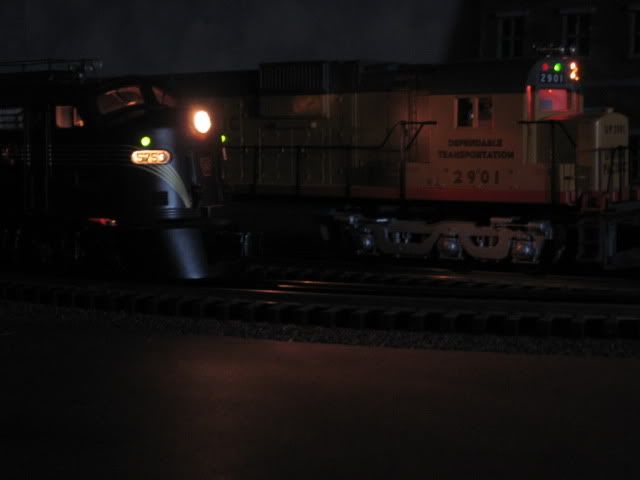
Weaver Pennsy E8 Forward and Reverse.
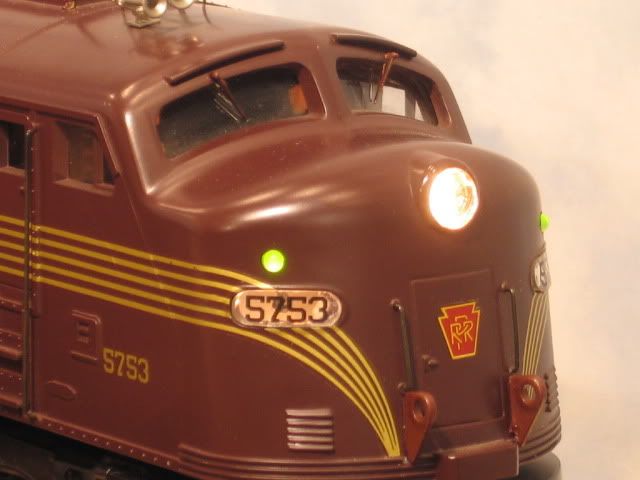
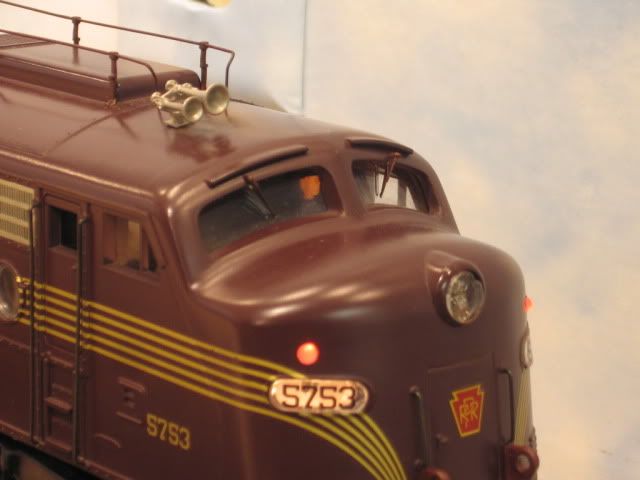
Another project where I replace a SAW Gen II board in an older Atlas Dash 8. to get the marker lights to work hooked to AC pick-up off the third rail per Atlas service instructions I installed ??? ohm resistors is series with the (2) LED's in parallel both front (white) and back (red).
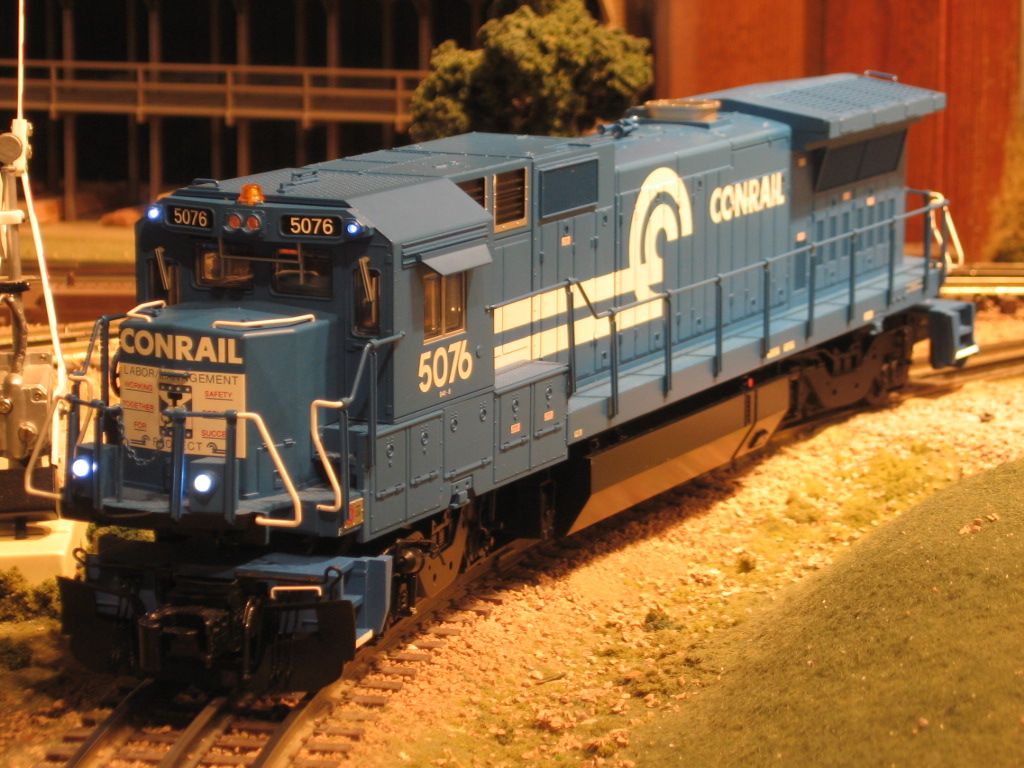
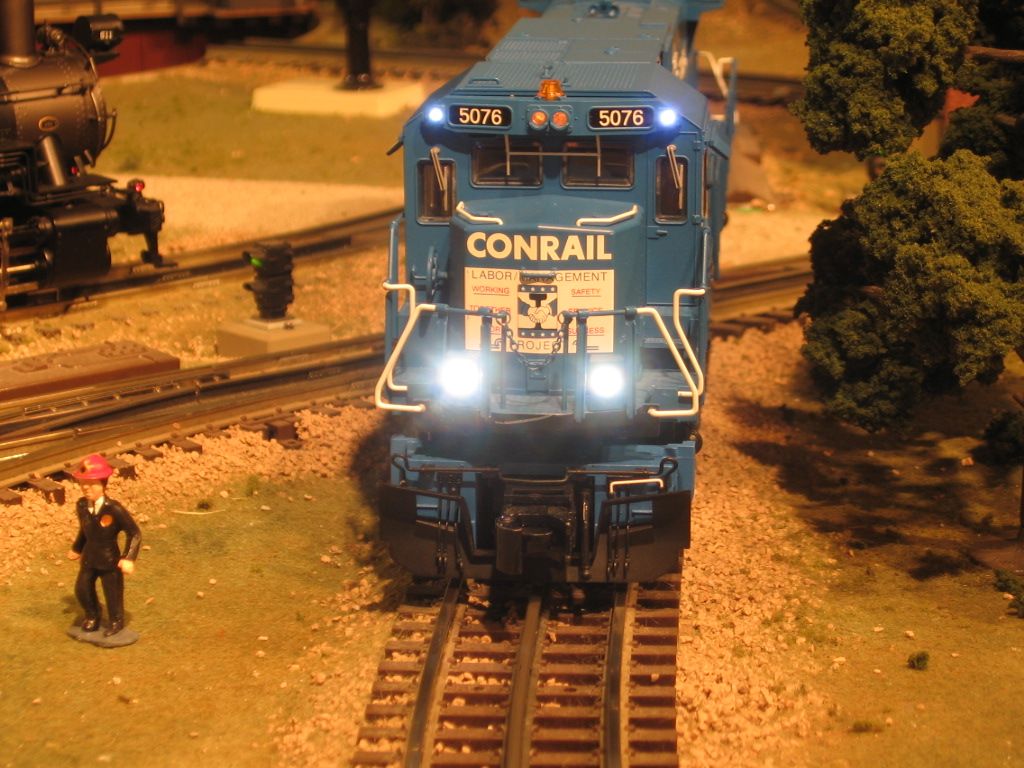

If you want bidirectional LED's, you don't have to use the smoke output, after all, you might want smoke. You can use three terminal red/green LED's and with diode isolation power them from the headlight outputs. You just need common anode LED's, which are readily available.
Easiest way,at least in conventional to get directional lighting is to tap off the motor circuit. It will be + or - DC depending on direction. Use a blocking diode to each LED to avoid reverse voltage.
Dale H


